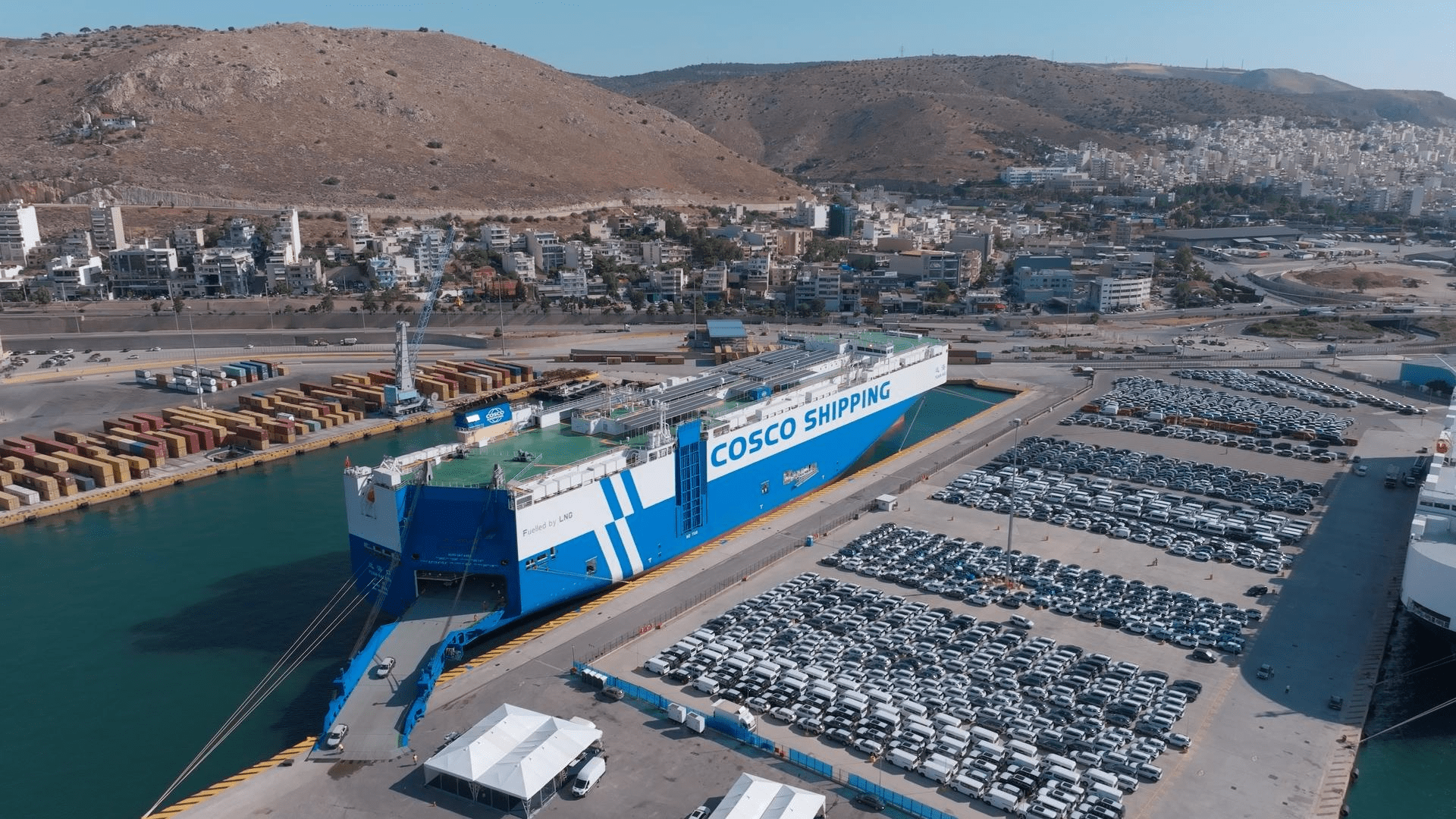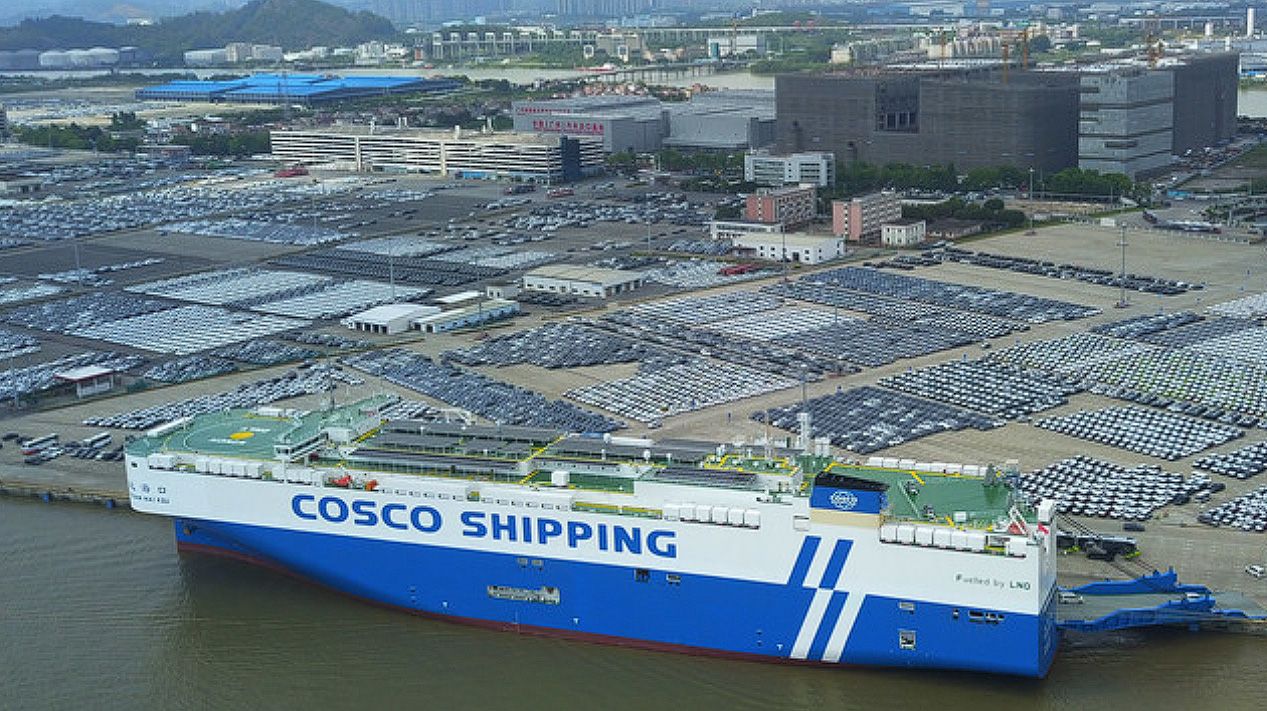
AI SUMMARY
The Yuanhai Kou, the world's largest solar-powered vehicle carrier, has successfully delivered 4,000 Chinese-made cars to Greece. This vessel features a cutting-edge photovoltaic system with a peak output of 302.8 kilowatts, reducing carbon emissions by approximately 2,100 tons per round trip.
Its innovative design includes a dual-fuel engine using liquefied natural gas and fuel oil. The ship is built for sustainability, achieving a 20% reduction in energy use compared to traditional vessels. Equipped with over 500 solar modules, it generates about 410,000 kWh annually, demonstrating China's push towards greener maritime transport.
World’s largest solar-powered car vessel delivers 4,000 Chinese vehicles to Greece
The
Yuanhai Kou achieves significant environmental benefits, consuming 20%
less energy and minimizing approximately 2,100 tons of carbon emissions.
The Yuanhai Kou is equipped with the largest shipborne photovoltaic system of its kind, delivering a peak power output of 302.8 kilowatts. According to reports, its lifecycle carbon intensity is approximately 35 percent lower than that of traditional vessels, marking a significant step towards greener shipping.
Having departed from Nansha Port in Guangzhou, the vessel was fully loaded with Chinese-brand vehicles—more than 90% of which are new energy vehicles (NEVs)—as it made its way to destinations including Turkey, Italy, and Tunisia. Designed as China’s largest photovoltaic (PV) + LNG energy car carrier, the Yuanhai Kou features a dual-fuel engine using liquefied natural gas (LNG) and fuel oil, and smart loading software to enhance energy efficiency and reduce emissions.
The vessel achieves significant environmental benefits, saving about 20 percent in energy consumption and reducing carbon emissions by more than 24 percent compared to traditional ships using conventional fuels. According to reports, each round-trip voyage between China and Europe results in a reduction of approximately 2,100 tons of carbon dioxide emissions, highlighting the vessel’s role in promoting greener maritime transport.
Furthermore, the carrier’s advanced technology continuously monitors the precise location of vehicles on board and provides early warnings in case of fire hazards. These features enhance operational safety and are particularly important for secure overseas transport of new energy vehicles, ensuring both cargo protection and risk mitigation during long voyages.



No comments:
Post a Comment